Volume 3 Samsara, Nirvana, and Buddha Nature
Teachings on duhkha, the determination to be free of samsara, and the mind as the basis for samsara and nirvana.
All Posts in Volume 3 Samsara, Nirvana, and Buddha Nature
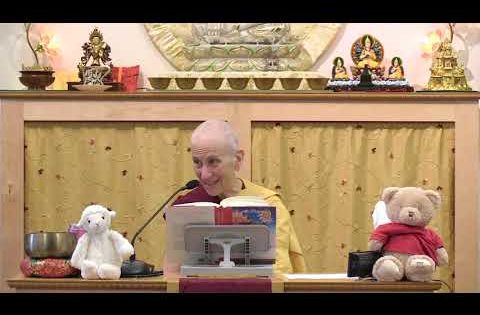
The “Ye Dharma Dharani”
Starting teaching from Chapter 10, explaining "dharani" to describe how they cover different aspects of…
View Post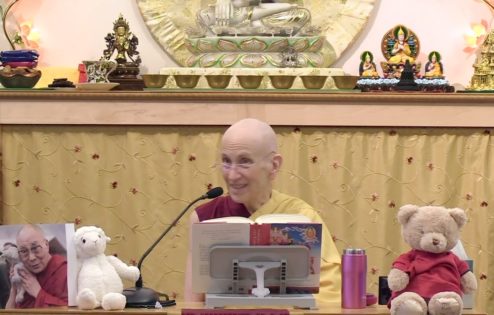
Compassion and the determination to be free
Completing Chapter 9, describing how to think about the four truths in terms of three…
View Post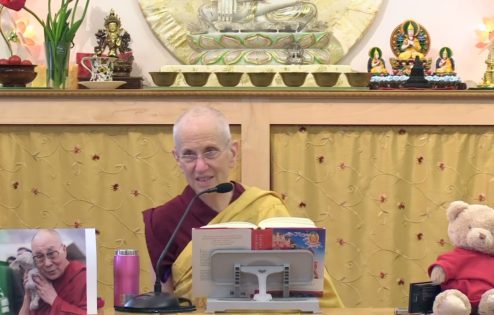
Finding true happiness
Continuing teaching from Chapter 9, describing the way to investigate the source of true happiness…
View Post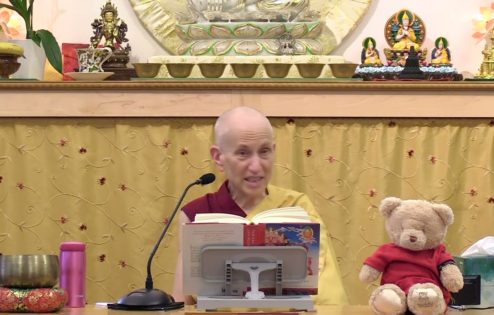
Benefits of meditating on the the 12 links
Commencing the teaching from Chapter 9 and describing the benefits of meditating on the 12…
View Post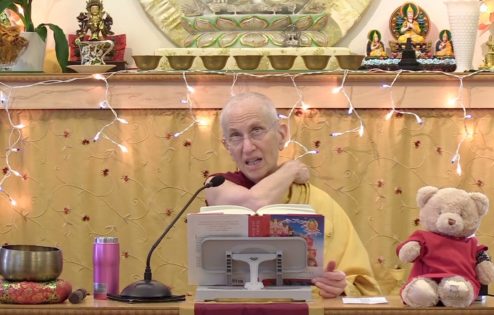
Nagarjuna’s analysis of arising
Completing teaching from Chapter 8, explaining Nagarjuna's four-point analysis of arising.
View Post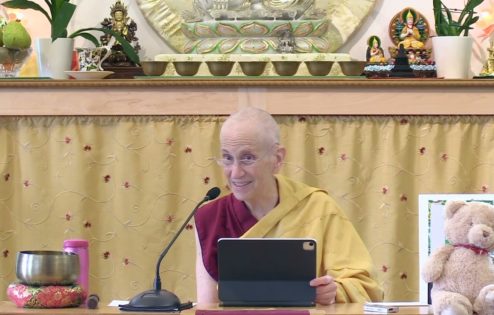
Ultimate nature of the twelve links
Continuing the teachings from Chapter 8, covering the section "The Ultimate Nature of the Twelve…
View Post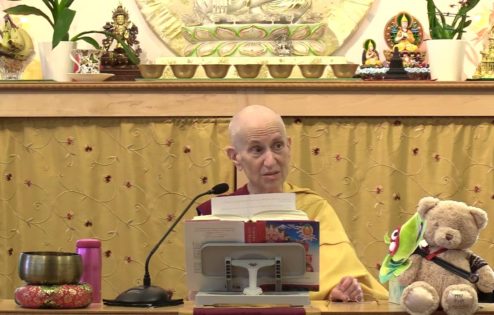
Like illusions
Teaching from Chapter 8, explaining why phenomena are "like illusions" but are not actually illusions.
View Post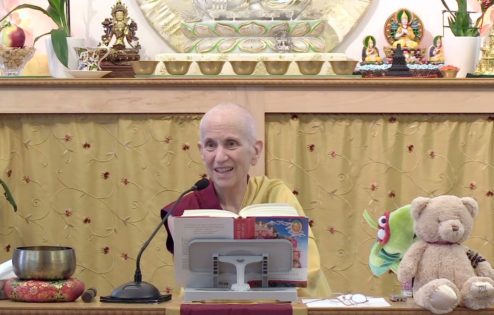
Nominally existent self
Continuing the teaching from Chapter 8, using the examples to explain who cycles in samsara.
View Post
Who experiences the 12 links?
Continuing the teaching from Chapter 8, completing the example from the Pali explanation and covering…
View Post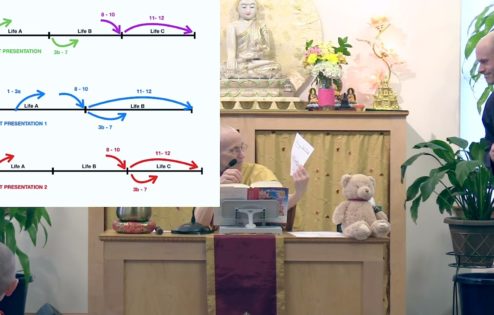
Examples of how we cycle
Teaching from Chapter 8, describing the implicit explanation of the 12 links and covering the…
View Post
Explicit and implicit presentations of the 12 links
Continuing the teachings from Chapter 8, explaining the explicit and implicit descriptions of the 12…
View Post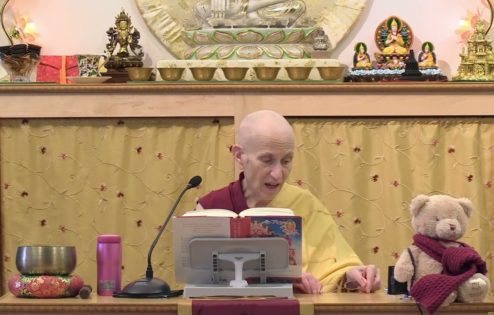
Aging or death
Completing Chapter 7, describing the twelfth-link, aging or death and starting Chapter 8 "Dependent Origination:…
View Post